Slobot About Town XLIX:
 |
 |
Slobot goes to the Cowpens National Battlefield!
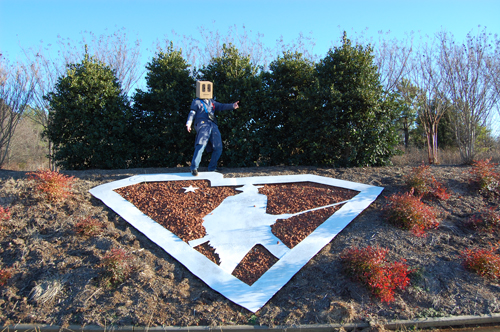
The Cowpens National Battlefield is technically in Cherokee County but Slobot just had to go! After all, it is popularly held that the Spartan District, Spartanburg County and the City of Spartanburg were all named in honor of the Spartan Regiment of the South Carolina Militia. The Spartan Regiment gave fight throughout the Revolutionary War. On January 17, 1781 Patriots engaged British and Loyalist forces at the Battle of Cowpens. Among the Spartans at that battle were: a three-company battalion of Lt. Col. Benjamin Roebuck's Spartanburg Regiment; a four-company battalion of Col. John Thomas' Spartanburg Regiment; five companies of Lt. Col. Joseph Hayes' Little River Regiment and seven companies of Col. Thomas Brandon's Fair Forest Regiment. |
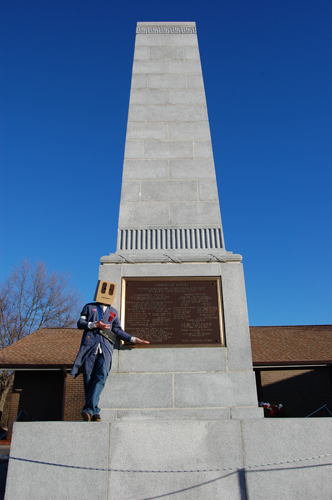
Congress erected this monument in honor of those
that served at the Battle of Cowpens. The exact number of Patriot
forces at the battle is unknown. The monument claims that there were
970 Patriots at the battle. Historian Lawrence Babits argues that
there were actually 855 South Carolinians; 442 Virginians; 290-315
North Carolinians; 180 Marylanders; 60 Georgians and 60 Delawareans
at the battle. Brig. Gen. Daniel Morgan (~1735 - 1802), himself, claimed
that only some 800+ Americans served in the battle. |
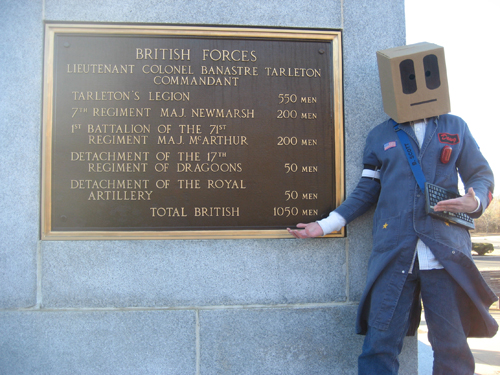
British forces were led by Lieutenant Colonel
Banastre Tarleton (1754 - 1833) and included 550 men of his own Legion;
200 men of Major Newmarsh's 7th Regiment; 200 men of Major McArthur's
1st Battalion of the 71st Regiment; 50 men of the 17th Regiment of
Dragoons and 50 men of the Royal Artillery, a total of some 1050 men. |
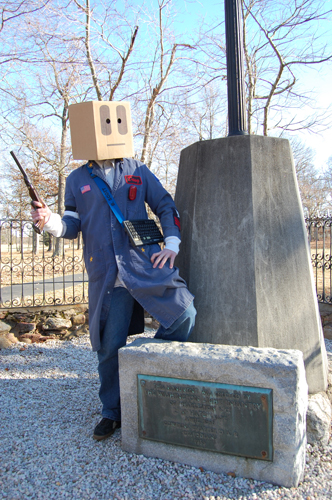
On March 4, 1929 the battleground of Cowpens was
established as a National Battlefield Site. It was listed on the National
Register of Historic Places on October 15, 1966. The total area of
the National Battlefield is approximately 850 acres. |
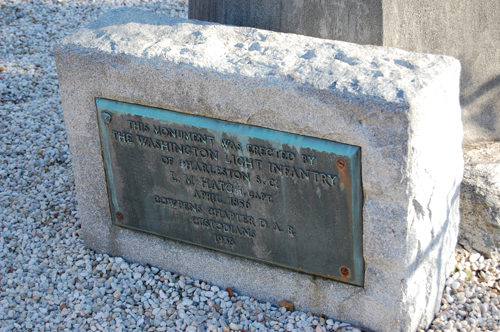
This monument was erected by the Washington Light
Infantry of Charleston, S.C. in April of 1856. |
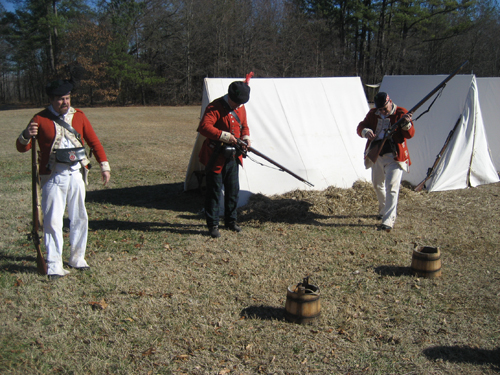
Here we see "Regulars" or "the King's men" breaking camp.

Colonial forces referred to them with pejoratives
like "bloody backs" and "lobsters." |
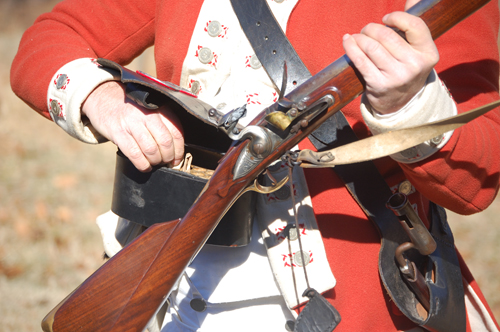
Today we call them "Red Coats."
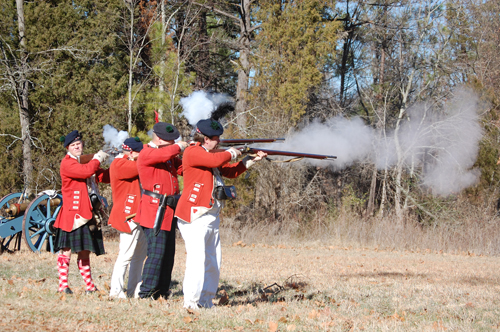
Brigadier General Daniel Morgan led Patriot forces
in the Carolina backcountry. British General Charles Cornwallis instructed
Lieutenant Colonel Banastre Tarleton to squelch Morgan's command.
|
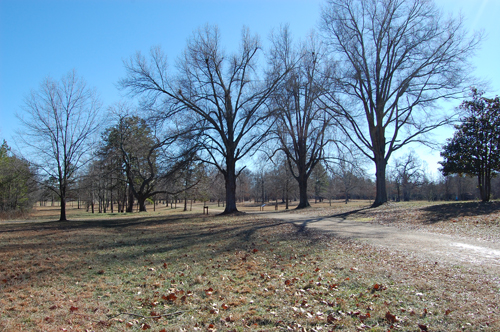
Morgan called Americans to gather at the cow pens,
a familiar local grazing ground. |
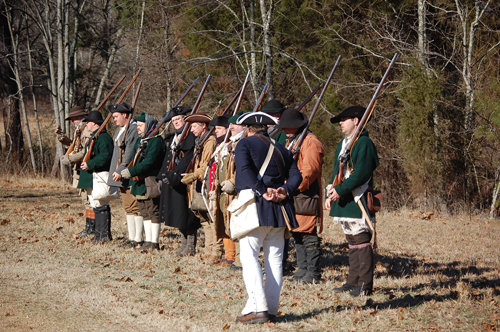
Tarleton attacked colonial forces with customary
gusto, neglecting that Morgan had had time to prepare for the onslaught. |
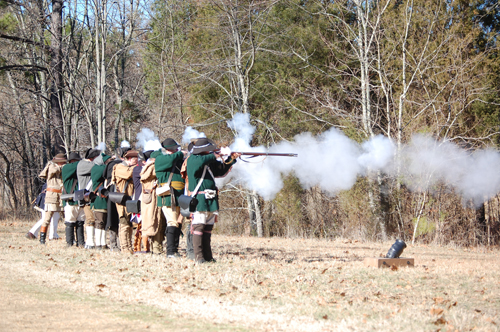
|
Daniel Morgan placed his army between the Broad and Pacolet
Rivers in order to ensure that untrained militiamen would not turn
in flight at the first hint of battle. |
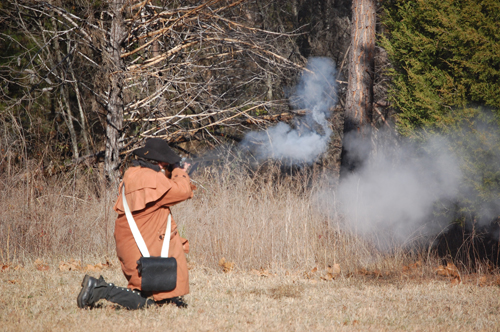
Morgan had the militia fire two shots and then
retreat in order that they be able to regroup under cover. |

Thomas Young, a 17 year old Militiaman for the
Fair Forest Regiment, reported, "At first it was pop,
pop, pop and then the whole volley. It seemed like
one sheet of flame from right to left." |
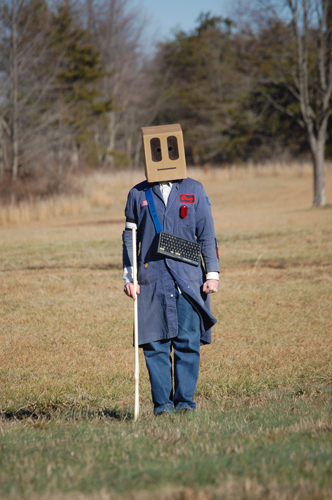
When the militia fled the British gave chase.
The militia abruptly turned and let loose a devastating volley... |
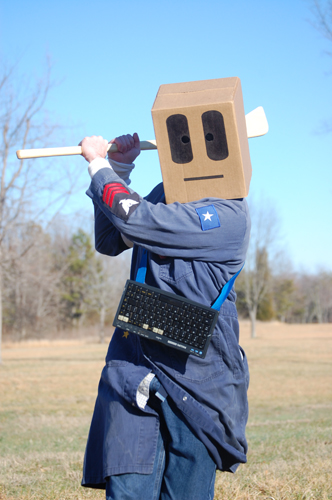
and then charged!
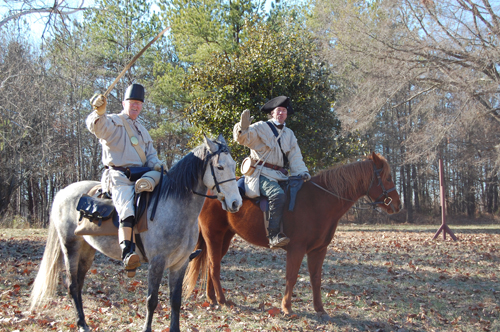
The sudden charge and reappearance of American
militiamen was too much for the British. |
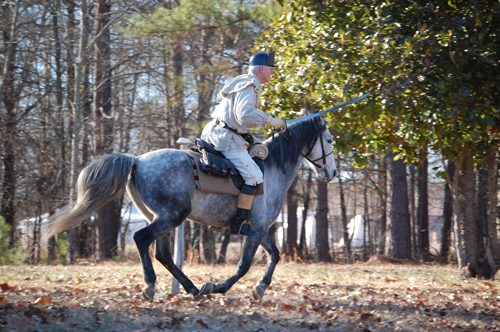
They had been caught in a clever double envelopment.
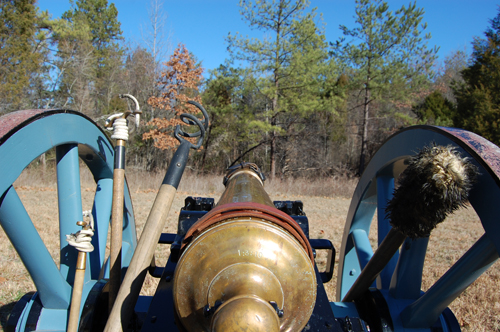
The grasshopper cannon was designed by the British in the 1700s.
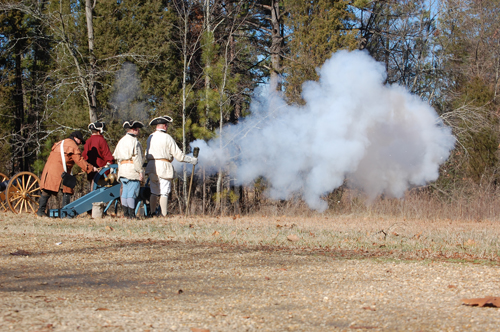
The grasshopper fired a three pound ball or 3
pounds of canister shot. The barrel of the grasshopper was made of
bronze... |
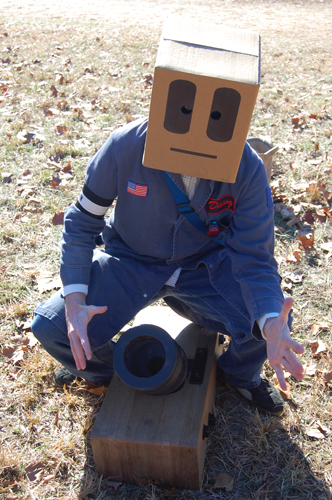
because bronze is less brittle than cast iron.
|
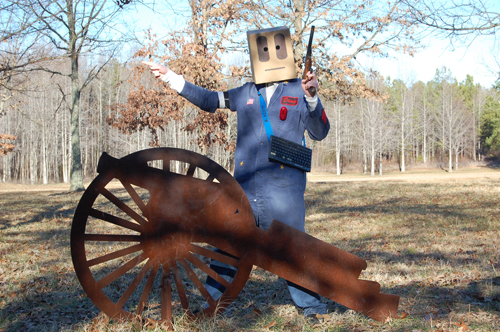
As the Americans swept forward, two Continental
officers sought to capture the enemy's grasshoppers. |
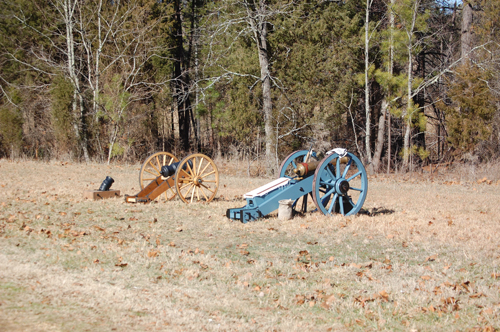
Captain Anders of Maryland won the race when he
used his spontoon to vault forward onto one of the grasshoppers. |
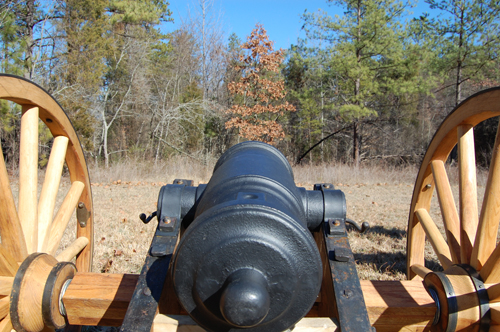
Captain Kirkwood of Delaware captured the other.
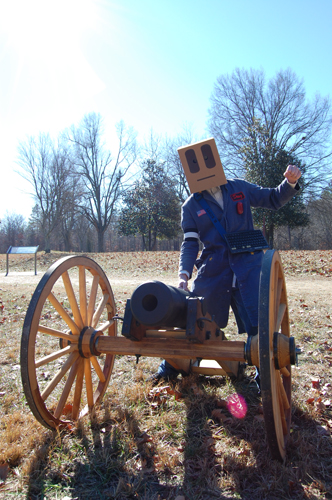
In less than an hour the Battle of Cowpens had been decided.
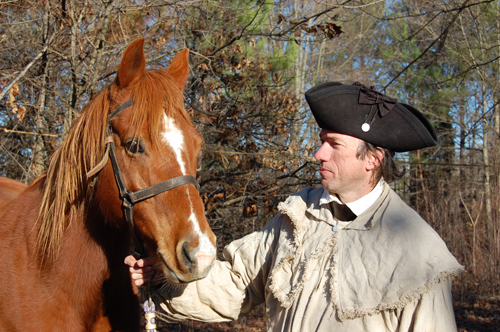
Morgan's troops captured 652 British and Loyalist
troops and killed another 100 - 120. |
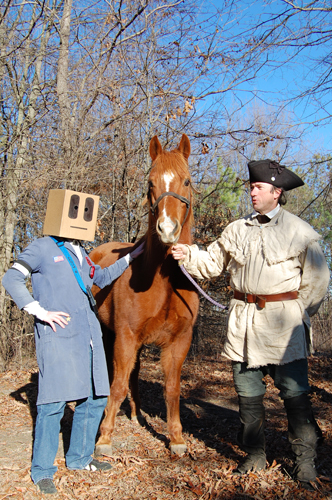
Slobot would like to thank Ron Crawley, the National Park Service and YOU!
